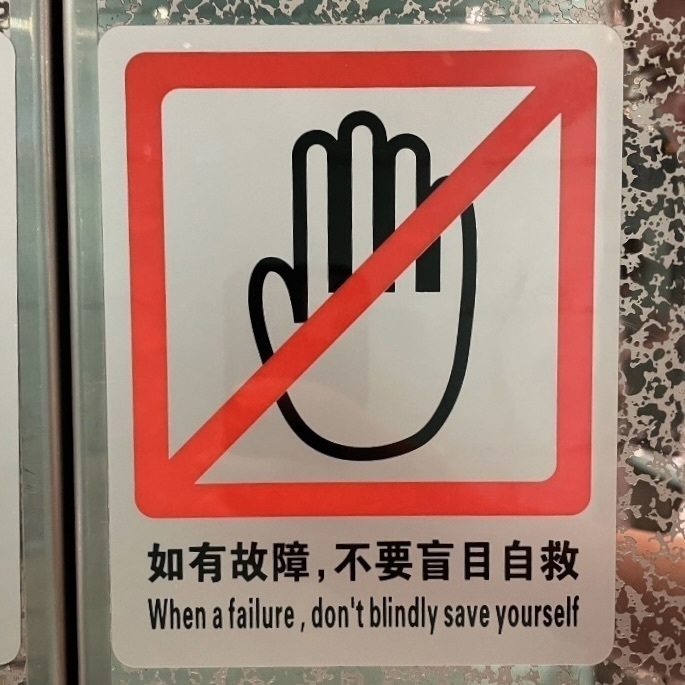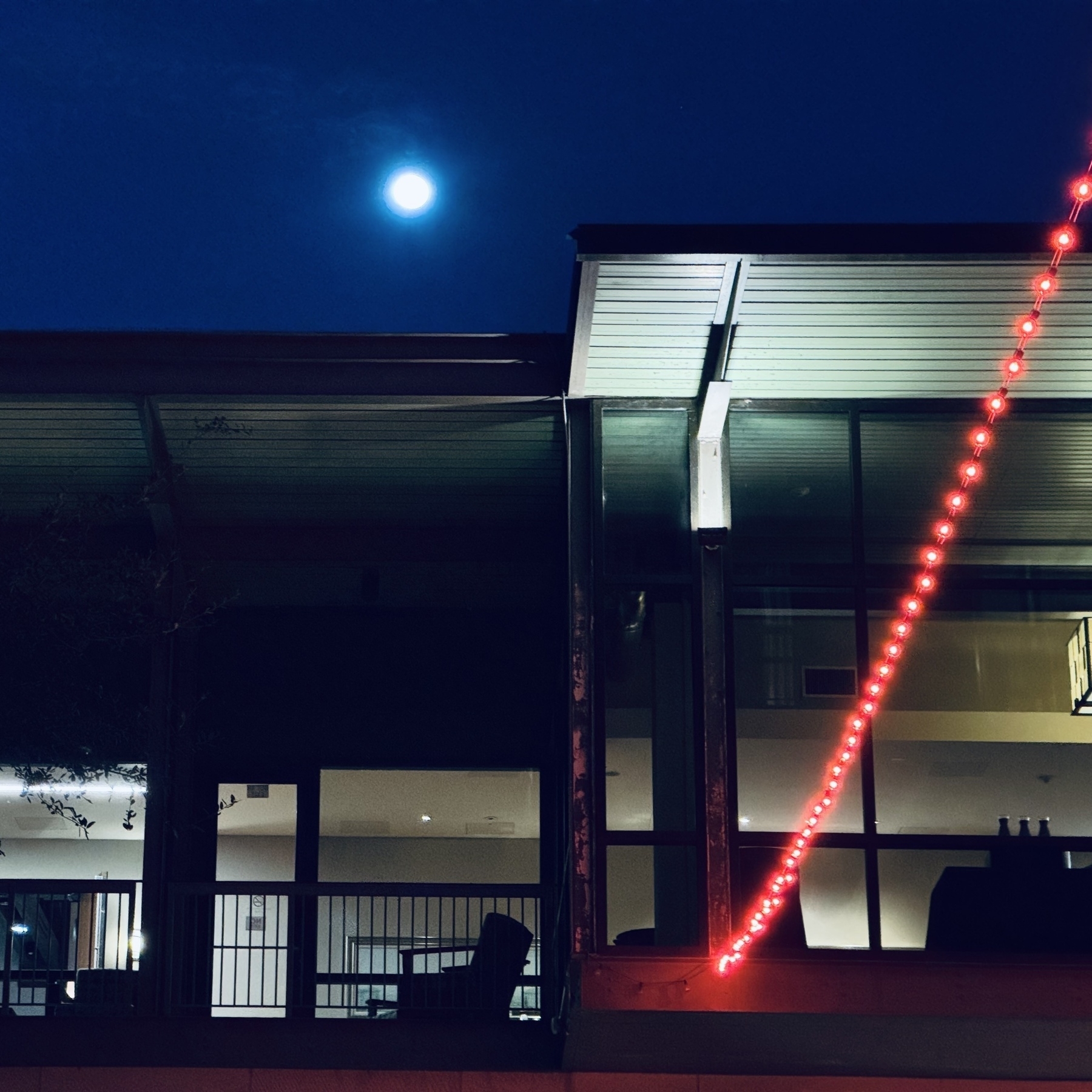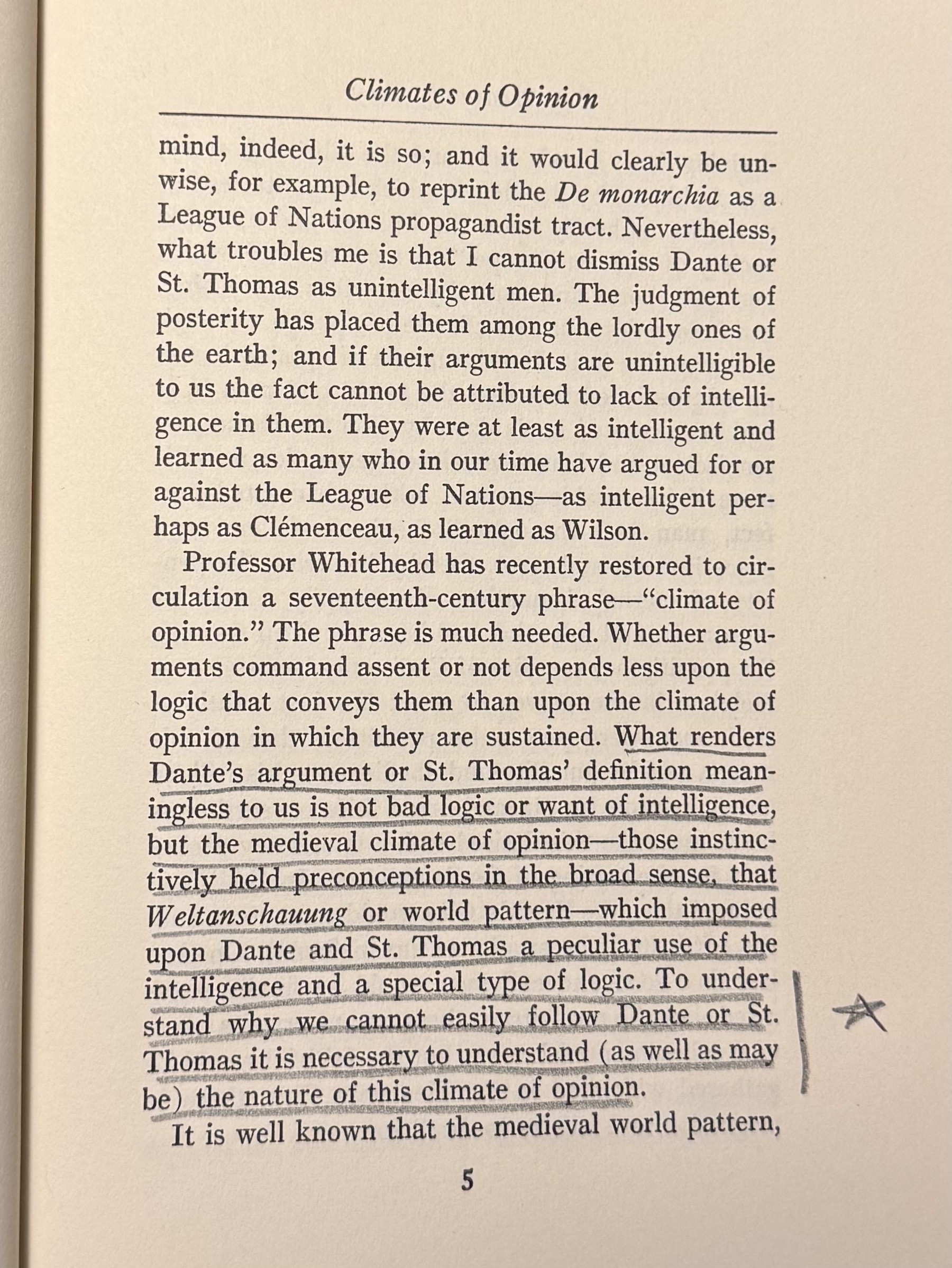Re: my post from earlier today, my friend Jono Linebaugh sent me this picture of a sign he came across in his travels. This one has the added virtue of theological acuity.

An old theory of mine: Online, big work gets smaller, while smaller work stays the same or gets bigger.
Different from/than/to — honestly, I’ve reached the point where they all sound wrong to me.
Very pleased and slightly disoriented at the prospect of hearing Rowan preach in my little parish church. Worlds colliding!

Yesterday’s post: Should Christians be leftists? Today’s post: Should Christians be anarchists?

Finished reading: Why Christians Should Be Leftists by Phil Christman — and I wrote a long rambly post about it here 📚
For those of you who aren’t on micro.blog … you should really consider it! It’s a great service, and its fearless leader, Manton Reece, is one of the truly Good Guys of the Internet. A while back I wrote about some of the hidden features here, and then about what I call the three paths of the service. And it has only improved since I wrote those posts. You can adapt it to so many different use cases: for instance, it’s a great way to keep a reading journal and an equally great way to make a photo blog. Please do explore it if you haven’t.
As Iistened to Ezra Klein’s interview with Brian Eno I felt that Ezra was doing 75% of the talking. He wasn’t, but he did talk way too much, especially when you consider that his guest is one of the most interesting people on the planet. I kept wanting the Ezra Klein Show Minus Ezra Klein, like Garfield Minus Garfield.
The wisdom of Bertie Wooster — whose intellectual acumen has finally been justly acknowledged.
I remember a couple of years ago at Laity Lodge hearing Claire work out this lovely song — so good to hear it in its completed version.
Most political writing is “Why My People Are Correct and Those Other People Are Wrong,” which is why I rarely link to political writing. There’s a shortage of good analysis. Noah Millman’s new post demonstrates why he’s one of the best political analysts around. So I’ll link to Noah!
From Julian Lucas’s long profile of Tim Berners-Lee:
In a forthcoming book, The Age of Extraction, Tim Wu, a Columbia law professor who coined the term “net neutrality,” identifies 2012 and 2013 as the years when “platform power” took hold. Since the nineties, it had been assumed that the web would democratize society, empowering bloggers to compete with media conglomerates, and small manufacturers to bypass big retailers. Some of that happened. But the web’s Davids had only traded one Goliath for another — corporate platforms that stood between them and their markets. As Wu writes, “Paeans to small-is-beautiful and the transformation of the human existence” soon gave way to “a strategy that extracted from dependent businesses and harvested the time and data of the masses.”
A true account — but some of us still hold to the small-is-beautiful ethos and are practicing a non-extractive life on the Web. The dream isn’t dead!
At the type of place where I taught until recently—a small, selective, private liberal-arts college—administrators can go quite far in limiting AI use, if they have the guts to do so. They should commit to a ruthless de-teching not just of classrooms but of their entire institution. Get rid of Wi-Fi and return to Ethernet, which would allow schools greater control over where and when students use digital technologies. To that end, smartphones and laptops should also be banned on campus. If students want to type notes in class or papers in the library, they can use digital typewriters, which have word processing but nothing else. Work and research requiring students to use the internet or a computer can take place in designated labs. This lab-based computer work can and should include learning to use AI, a technology that is likely here to stay and about which ignorance represents neither wisdom nor virtue.
Co-sign.
Well, what if I told you there was a community that you could be a part of that was still committed to the old way of doing things? That is, the old way of being human in community: simply being in the same room with other human beings, without much of an agenda. There is an AI backlash building, and it is priming the world to long for exactly one thing: church coffee hour.
So much that was boring and conventional has become dynamic and imaginative.





